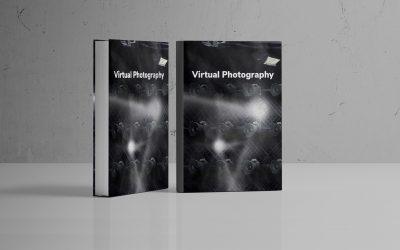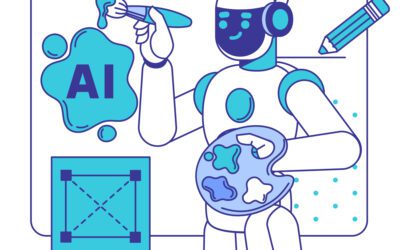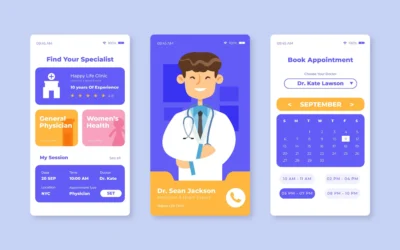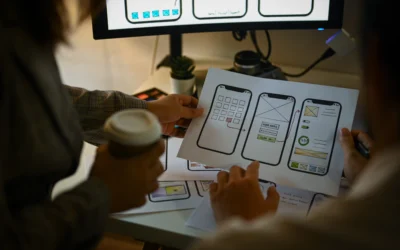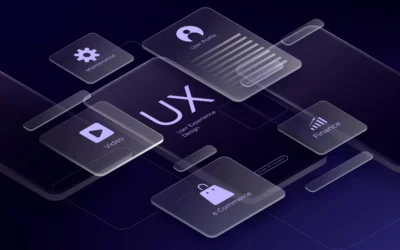Minimalism in branding is making a powerful comeback in 2025, promising to redefine the creative landscape once again. With its roots in simplicity, clarity, and sophistication, minimalism has continued to captivate brands and consumers as they gravitate towards meaningful, distraction-free designs that evoke trust and authenticity. In this blog post, we explore the resurgence of minimalist branding, the driving forces behind it, and how it can impact brands looking to stand out in today’s competitive market.
Why Minimalism is Back in Demand
The need for simplicity in an ever-complex world is driving the resurgence of minimalism in branding. In an age of information overload and excessive visual noise, consumers crave clarity, focus, and authenticity. Minimalist designs cut through the clutter, allowing brands to convey their core values and message without unnecessary distractions.Moreover, minimalism resonates across digital platforms, where sleek, fast-loading designs are crucial for delivering a seamless user experience. Websites, apps, and e-commerce platforms with minimalist interfaces not only look modern but also perform better, ultimately building stronger customer connections.
Key Elements of Minimalist Branding
In 2025, minimalist branding is no longer just about stripping away excess but about purposeful design that aligns with a brand’s identity. Here are some defining elements:
- Bold Typography: Clean, modern fonts take center stage, creating striking visuals while remaining easy to read. Typography plays dual roles of functionality and aesthetic minimalism.
- Monochrome or Limited Color Palettes: Expect to see restrained color schemes. Subdued tones, neutral shades, and occasional pops of accent colors will dominate branding designs.
- White Space as a Design Element: White space, also known as negative space, becomes crucial in minimalist designs. It gives visual breathing room, directing attention to key elements.
- Streamlined Logos: Logos are becoming cleaner than ever—think geometric shapes, simplified icons, and typography-focused designs. These ensure easy scalability across both digital and physical mediums.
- Storytelling Through Minimalism: Brands will leverage minimalism not just visually but narratively. They’ll simplify their messaging to focus on authentic, impactful stories.
What Brands Can Expect
As minimalism thrives in 2025, consumers are likely to favor brands that embody transparency, functionality, and attention to detail. Minimalist branding communicates confidence and professionalism, which are key traits for gaining trust in industries such as tech, fashion, and wellness.However, brands must beware of sacrificing personality for simplicity. The challenge will lie in finding the sweet spot between minimal design and a strong emotional connection with the audience.
The Future of Minimalist Branding
Looking ahead, we can expect minimalist branding to evolve alongside technological advancements. Animated designs, AI-generated visuals, and experimental typography will likely add dynamic layers to the minimalist approach, blending simplicity with innovation.
For businesses aiming to stay relevant, adopting minimalism isn’t just a trend—it’s a strategy to create impactful, timeless, and forward-thinking branding.Minimalism in branding in 2025 isn’t simply about aesthetics; it’s about creating meaningful interactions with audiences, breaking through the digital noise, and aligning with consumer values. Ready to simplify and amplify your brand? Time to embrace minimalism!







